The perfect formula?
Of course, the theory isn’t quite that simple – as the Tyrrell F1 team found out in 1976, with its revolutionary six-wheeled P34. Despite an early-season win at the Swedish GP and massive commercial success (prompting Ferrari, March and Williams to experiment with their own configurations), the added weight and supply of bespoke front tyres eventually saw the ‘solution’ to the lack of front-end mechanical grip become a problem in itself.
Silver Arrows and white lies
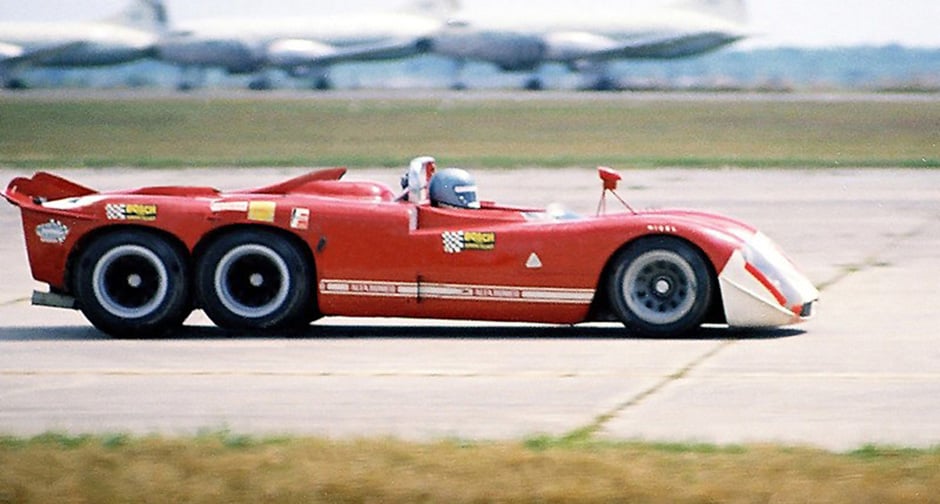
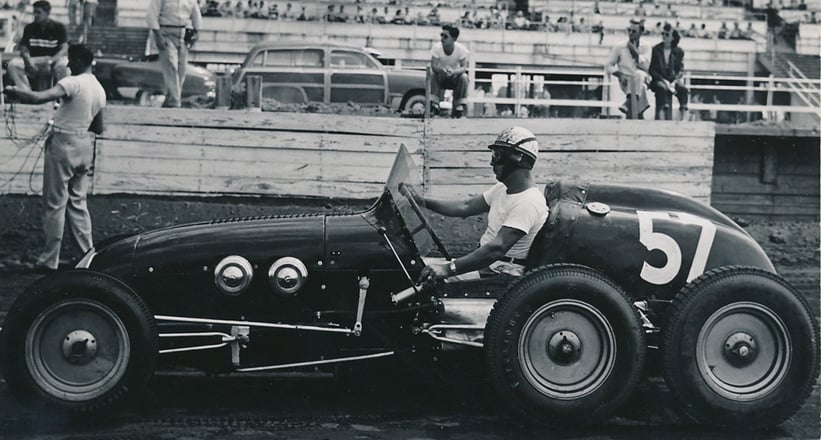
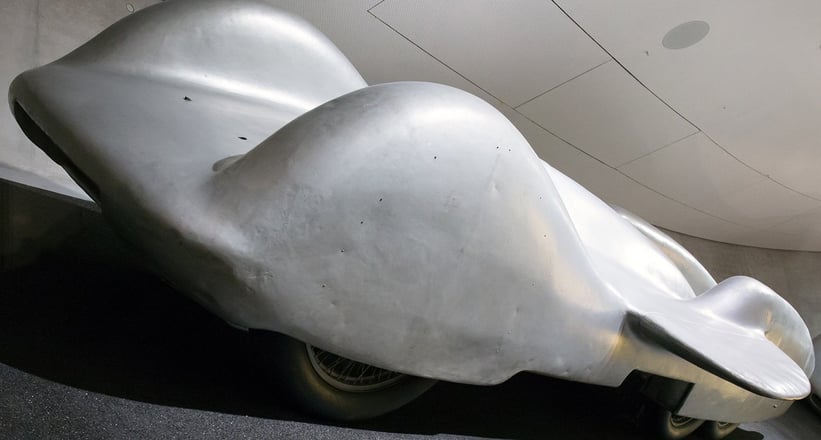
Tyrrell wasn’t the first to splay a racing driver’s talents through six outlets. In the late 30s, the Mercedes T80 looked set to breach 470mph before WWII interrupted proceedings; around a decade later, the ‘Pat Clancy Special’ would be entered into Indy racing. Some were also led to believe that Alfa Romeo secretly developed a six-wheeled T33 in 1970, but this turned out to be an April Fools joke with an accompanying Photoshopped picture.
Top off the flops
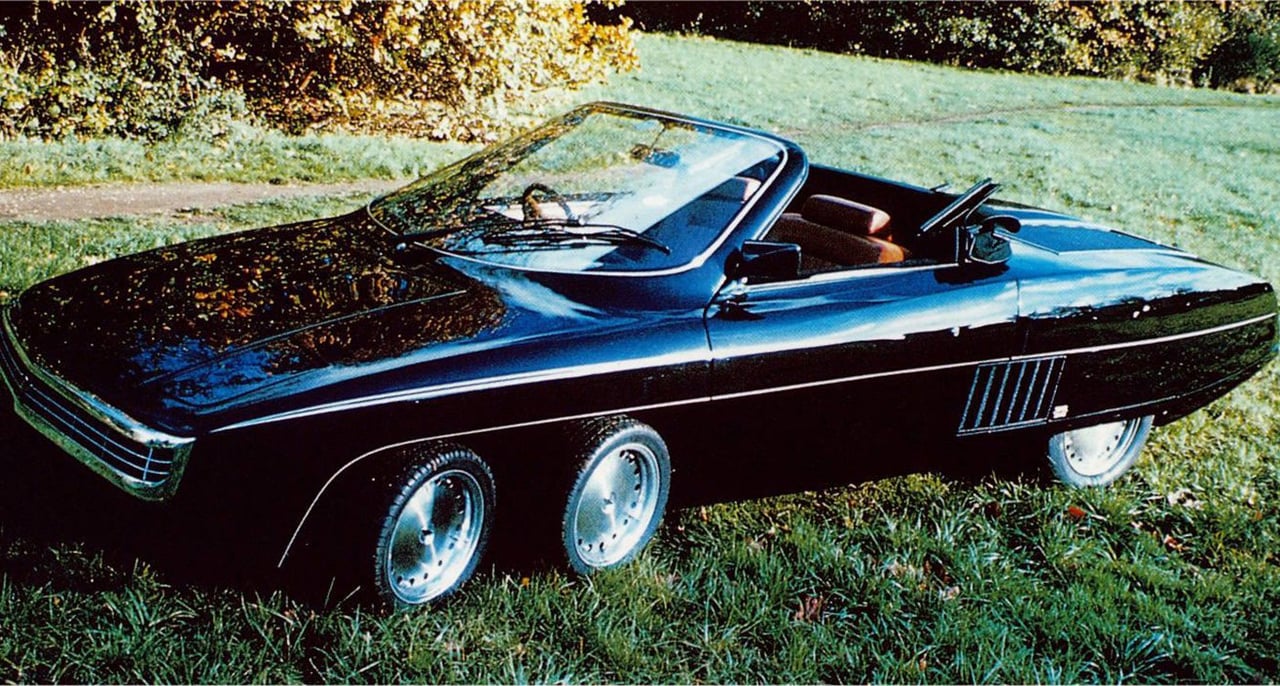
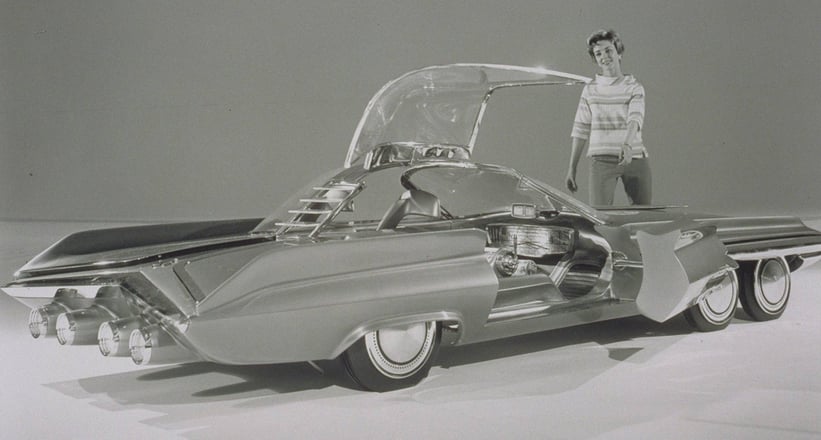
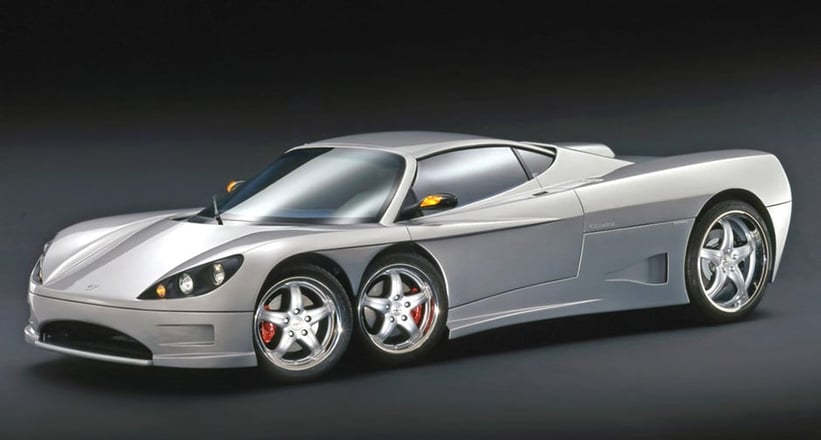
While there are a few six-wheeled fantasies that we can think of (such as Lady Penelope's FAB 1, or the Ford Seattle-ite concept), it's rare for them to be turned into a production reality. There was the Panther Six convertible of the late 70s, and the more recent Covini C6W – both were commercial failures. Considering how largely unsuccessful the 6-wheel concept has proven so far – both on and off the track – it’s a wonder Mercedes not only engineered, but also found a business case for production of the G63 AMG 6x6.
Photos: Covini, Sports Car Digest, Ford, Mercedes-Benz, Panther














